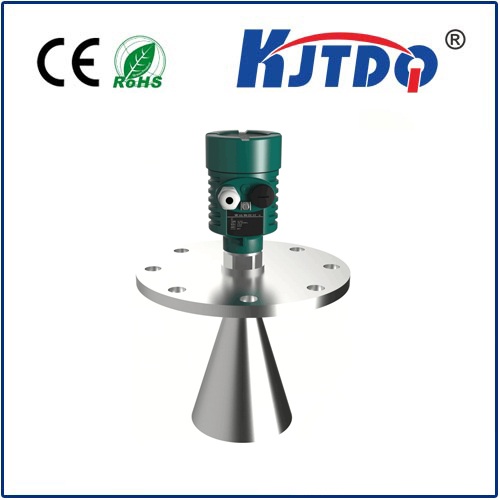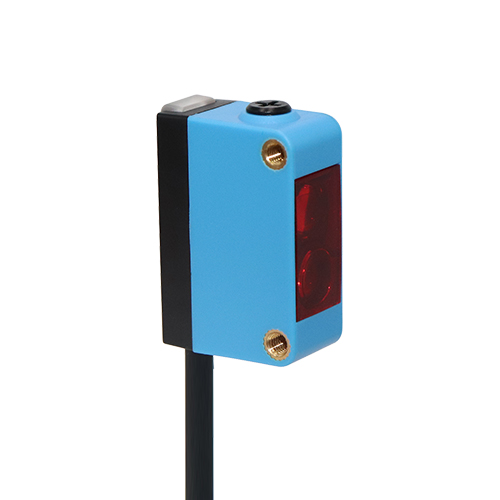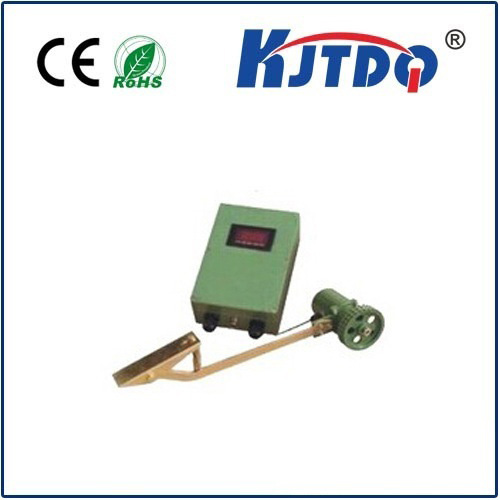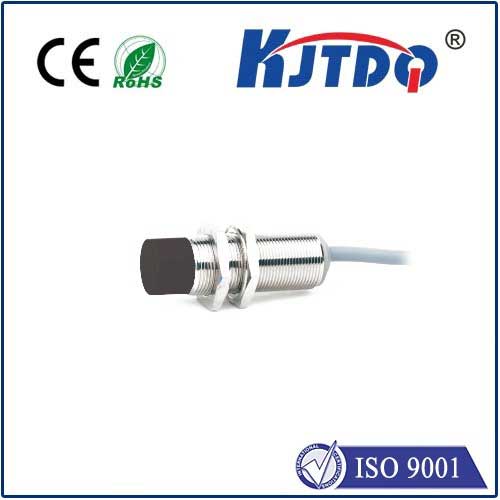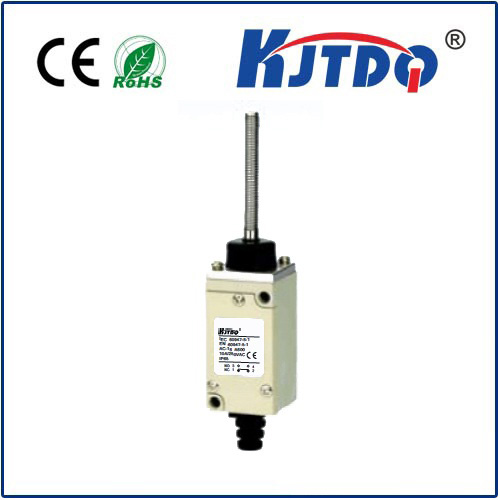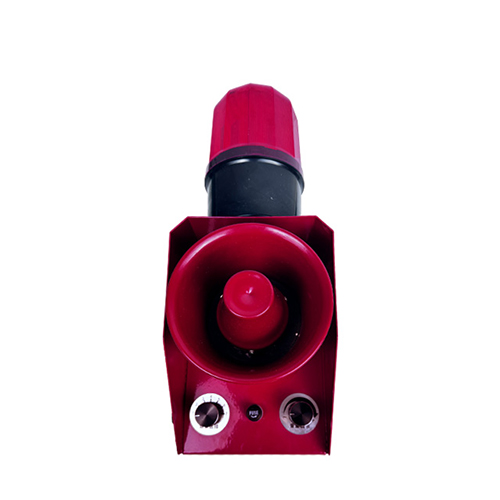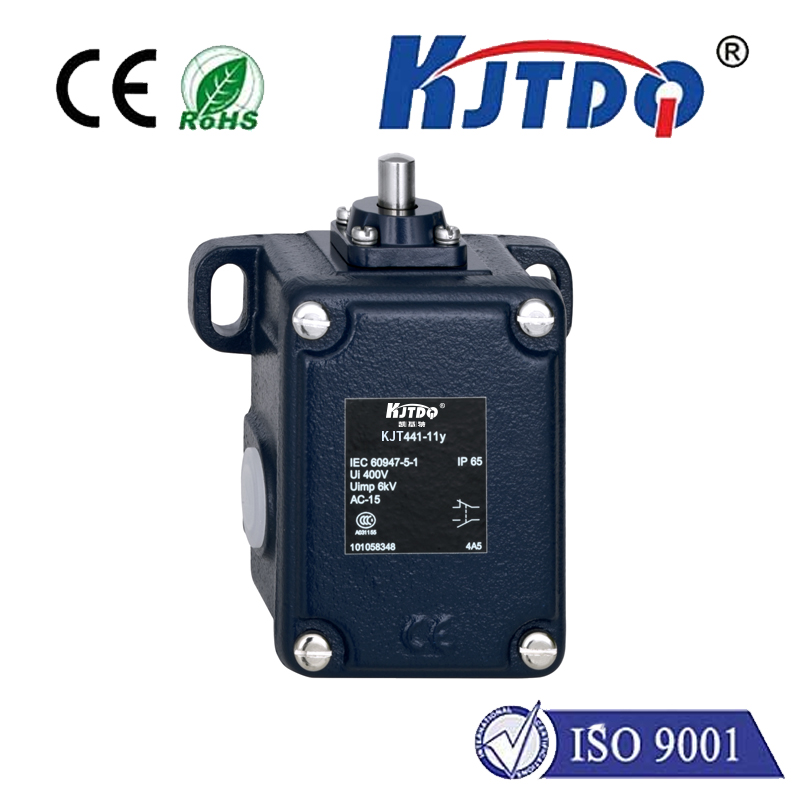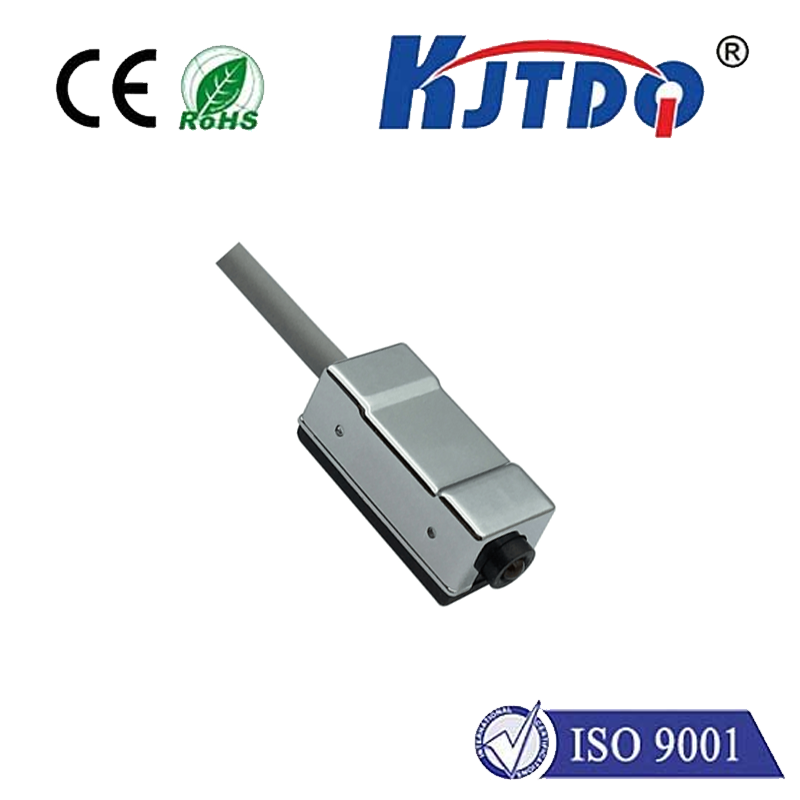proximity photo sensor
- time:2025-07-18 08:31:03
- Click:0
Proximity Photo Sensors: The Invisible Guardians of Smart Interaction
Ever wondered how your smartphone magically knows to dim its screen the moment you lift it to your ear, preventing accidental cheek dials? Or how automatic faucets sense your hands without a single touch? The unsung hero behind these seamless interactions is often the humble, yet incredibly sophisticated, proximity photo sensor. This ingenious fusion of light detection and distance sensing technology is quietly embedded in countless devices, making our interactions smarter, safer, and more intuitive.
At its core, a proximity photo sensor is an electronic device designed to detect the presence, absence, or approximate distance of a nearby object, typically without requiring physical contact. It achieves this by cleverly harnessing the properties of light, specifically infrared (IR) light, integrated into a compact, efficient package.
The Core Mechanism: Light as a Measuring Tape
The fundamental operation hinges on an IR emitter and a photo detector working in concert:
- Emission: An infrared LED emits pulses of invisible infrared light. This wavelength is chosen because it’s generally invisible to the human eye and avoids interference from ambient visible light.
- Reflection: If an object is within the sensor’s defined detection range, this emitted IR light reflects off the object’s surface.
- Detection: The reflected IR light travels back towards the sensor. A dedicated photodiode or phototransistor acts as the detector, converting the incoming light photons into an electrical current signal.
- Signal Processing: The sensor’s internal circuitry (or connected microcontroller) analyzes the strength and timing of the electrical signal generated by the photodetector. The intensity of the reflected signal is directly proportional to the proximity of the object. A stronger signal indicates a closer object, while a weaker or absent signal means no object is near, or it’s beyond the detection threshold.
Why Proximity Photo Sensors? Key Advantages Driving Adoption
This technology offers a compelling set of benefits over alternative sensing methods like mechanical buttons, ultrasonic sensors, or capacitive-only systems:
- Non-Contact Interaction: Enables touchless control, crucial for hygiene (touchless faucets, soap dispensers) and preventing wear-and-tear. Devices can react purely to presence.
- Energy Efficiency: Consumes significantly less power than keeping a large display fully illuminated continuously. This is paramount for battery-powered devices like smartphones and wearables. The screen turns off instantly when near the ear.
- Enhanced User Experience (UX): Provides intuitive, almost magical functionality – screens dimming during calls to prevent accidental inputs, laptops sleeping when the lid is closed (even slightly), interactive displays activating as you approach.
- Robustness: With no moving parts, they offer high reliability and long operational life, resistant to mechanical failure. Sealed designs withstand challenging environments.
- Compact Size: Their small footprint allows integration into even the sleekest modern gadgets without compromising design aesthetics.
- Cost-Effectiveness: Mass production has made these sensors highly affordable, making their inclusion in consumer devices economically viable.
Where Proximity Sensing Shines: Diverse Applications
The applications of proximity photo sensors are remarkably broad and constantly expanding:
- Consumer Electronics:
- Smartphones & Tablets: The quintessential application. Automatically turns off the display during calls to save power and prevent accidental touch inputs. Also used in bezel-less designs to manage ambient light sensors.
- Laptops & Monitors: Detects lid closure to initiate sleep mode. Can detect user presence to wake the screen or trigger power-saving modes.
- Wearables: Smartwatches and fitness trackers use them to detect when worn on the wrist, enabling auto-on/off for the display and optimising battery usage.
- Interactive Kiosks/Displays: Activates content or lights when a user approaches, conserving energy otherwise spent idling.
- Home & Industrial Automation:
- Touchless Fixtures: Automatic soap dispensers, faucets, hand dryers, and paper towel dispensers rely on them for hygienic operation.
- Security Systems: Can detect presence near doors, windows, or restricted areas to trigger alarms or lights. Used in occupancy detection for smart lighting and HVAC control.
- Robotics & Drones: Essential for obstacle detection and collision avoidance during navigation and docking maneuvers. Enables simple object presence detection on assembly lines.
- Automotive Industry:
- Driver presence detection in seats (supplementing weight sensors).
- Occupant detection for airbag deployment logic and seatbelt reminders.
- Gesture control systems for infotainment centers.
- Automatic trunk opening (“kick to open” features).
Beyond Basic Presence: Advanced Capabilities
While detecting simple presence/absence is common, modern proximity photo sensors offer more refined capabilities:
- Distance Grading: Some sensors can provide rough distance estimates (near/far/mid-range) based on reflected signal strength, enabling more nuanced control.
- Gesture Recognition: More sophisticated arrays can interpret simple hand gestures (e.g., swipe left/right) by analyzing reflection patterns over time, used in some automotive and consumer electronics interfaces.
- Ambient Light Rejection: Advanced filtering techniques distinguish the sensor’s own emitted pulse reflection from disruptive ambient light sources, ensuring reliability in varying lighting conditions. This is a critical feature for robust performance outdoors or near bright windows.
The Invisible Hand Shaping Interaction
From the smartphone nestled in your pocket that instinctively dims its screen during a conversation to the faucet that anticipates your hands for a germ-free wash, proximity photo sensors are fundamental enablers of modern, intuitive device interaction. Their non-contact nature, energy efficiency, and compact design make them indispensable components across diverse industries. As technology evolves, we can expect these tiny guardians to become even smarter, enabling more sophisticated presence detection, gesture control, and seamless integration into our increasingly connected world. They truly are the invisible hands sensing our proximity and making our interactions with machines effortlessly smooth.





